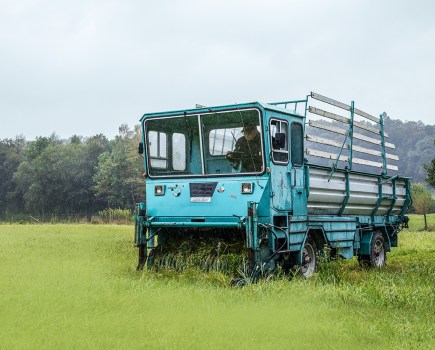The rewetting of marshland and bog is being discussed as one measure to help in the battle against climate change. Intrigued? Then read on
There is no ready-made solution yet,” is the current reply when German farmers ask as to what crops they can plant and grow to best effect on the country’s rewetted marshland areas. And possibly even more important, they need to know the optimum methods of growing and managing those crops. The reality is that there are still more questions than answers.
What is certain, however, is that marsh and bogs are important CO2 reservoirs: the water saturated bog ensures that dead plants do not decompose, but are preserved, thus larger amounts of carbon are fixed in the soil.
Management impaired
Rewetting has a significant impact on the management of marsh and peatlands, which in Germany amounts to almost 1.4 million hectares. The vegetation will change: typical arable crops or intensive grassland or forestry will no longer be an option, as the ground becomes sodden and unable to carry regular machinery.
Nevertheless, it should be possible to still use the marshland after rewetting. Paludi-culture (Paulus in Latin meaning swamp) is the key word. This type of cropping involves various plant species and farming methods suitable for marshland. Reeds, bulrushes, sphagnum mosses or cane glass for example fall into this category as well as black alder
For more up-to-date farming news and reviews click here and subscribe now to profi for just £3.99 an issue.






